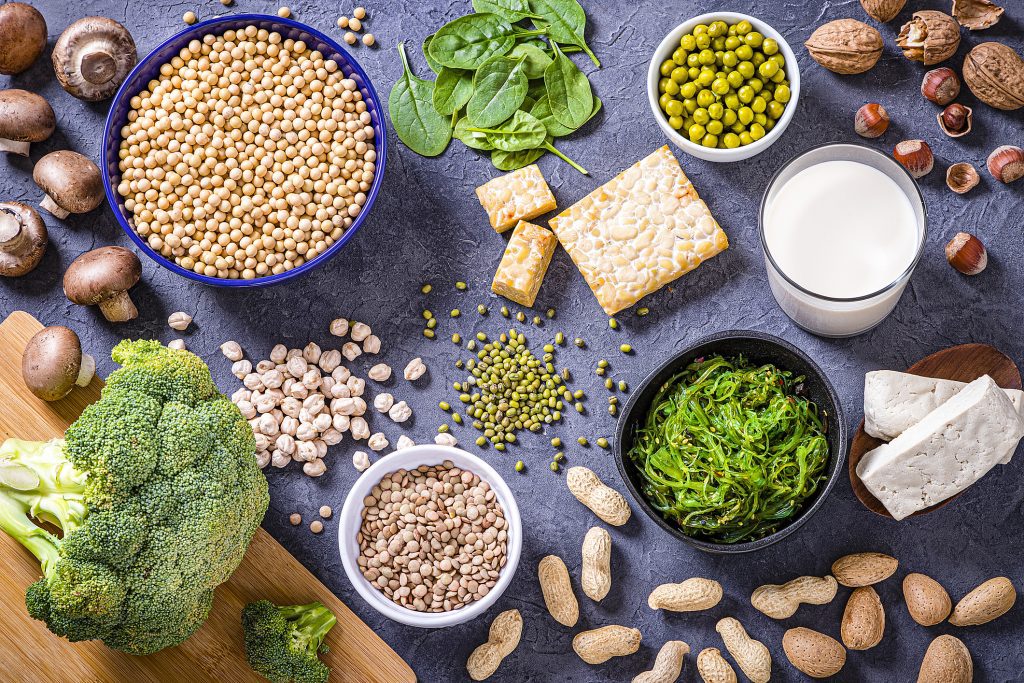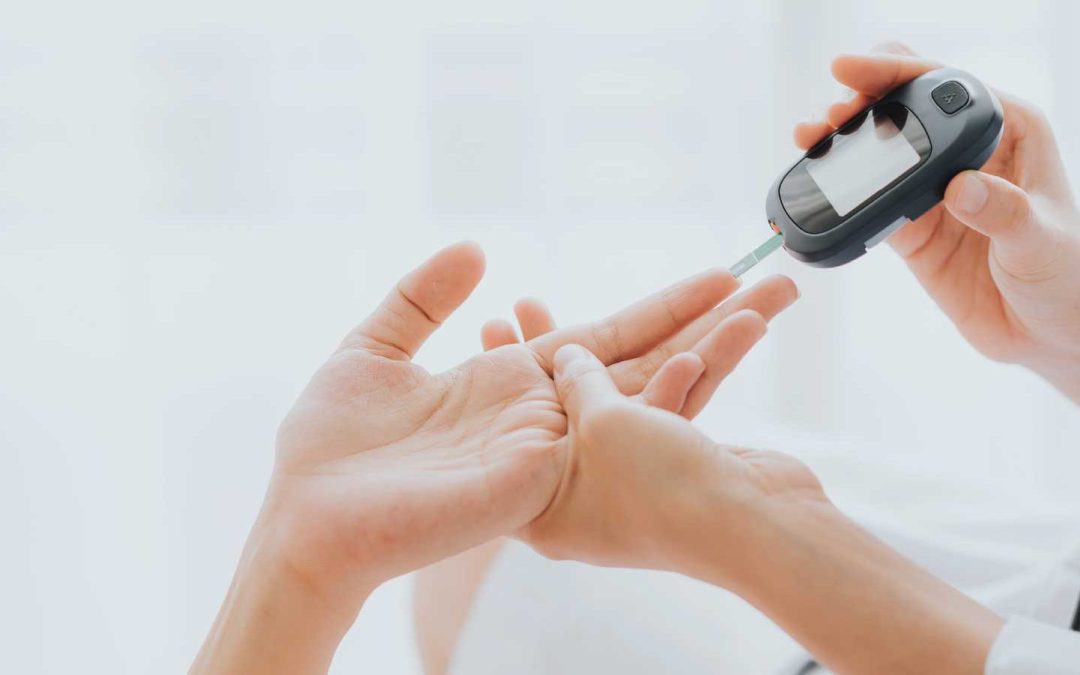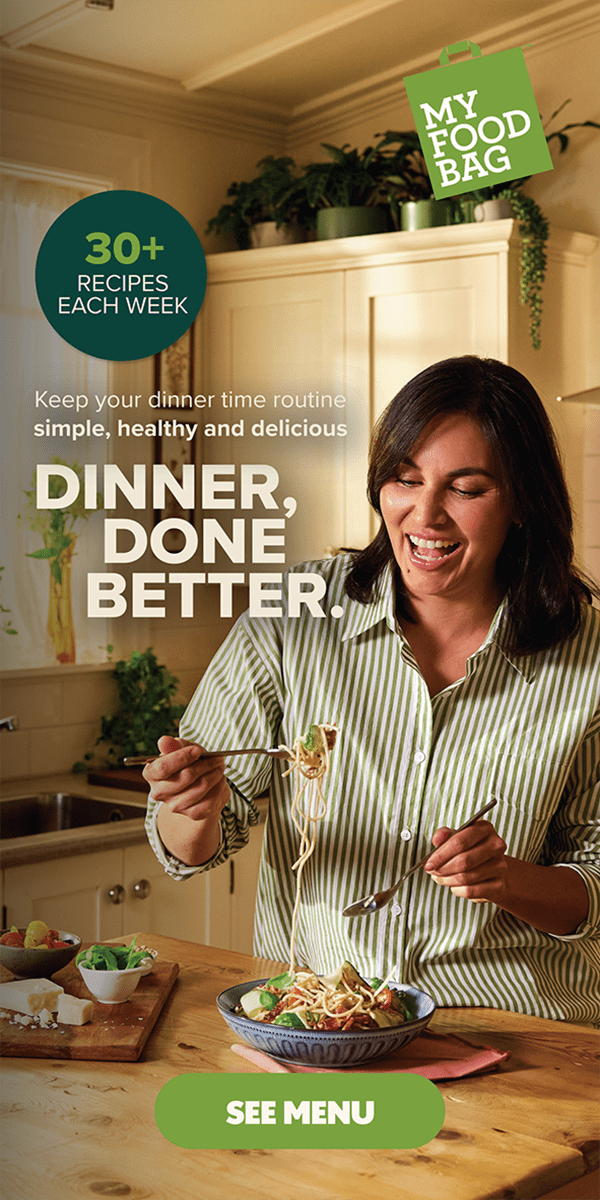My Food Bag Nutritionist Emma ‘Edamame’ breaks down why iron is so essential for our bodies and shares the best sources of iron for plant based foodies.

Most of us know iron is an important nutrient in our diet. But do we know why, or how we can put our best foot forward with our iron consumption?
Iron is a micronutrient, meaning it plays an important functional role in our bodies, but although we eat it, it doesn’t provide us with energy in the form of calories (macronutrients provide our calories).
Micronutrients can be vitamins or minerals, with iron being the latter. Iron is an essential mineral in our bodies as it is a core part of our red blood cell production. Iron exists in our blood as haemoglobin, and in our muscle tissues as myoglobin, and is instrumental in the transportation and transferring of oxygen from our lungs, to our blood and to all the tissue around our body.
We can have differing iron requirements depending on our gender, as females are more susceptible to low iron through losses in menstruation, or life stage, such as an increase requirement during pregnancy, or for babies, children and teenagers due to growth. Activity and lifestyle can alter our requirements too, with regular blood donors or athletes requiring more iron.
When our bodies don’t have enough iron, it hinders the production of our red blood cells, thus leaving us with a lower red blood cell count. This affects the level of oxygen transported around our bodies, leading to symptoms such as fatigue and exhaustion, pale skin, headaches and dizziness, and shortness of breath. This condition is known as an iron deficiency or anaemia (1).
Iron deficiencies are the most common nutritional deficiency globally, with approximately 30% of the global population of child bearing age are anemic (1).
“Iron is an essential mineral in our bodies as it is a core part of our red cell production.”
It’s important for everyone to have their iron levels checked regularly by their GP, as we all differ in our ability to absorb and store iron, however it’s particularly important to check if we’re following a vegetarian or vegan diet.
This is because iron exists in two forms, haem and non-haem iron. Haem iron can be obtained from animal sources, while non-haem iron can be obtained from plants. Non-haem iron is not as readily absorbed by our bodies as haem iron, meaning we need to be more aware of our iron levels and intake if we’re following a primarily plant based diet.
There’s plenty of delicious plant sources of iron, including dark leafy greens such as kale or spinach, legumes such as lentils or beans (black, red kidney, pinto or lima), tofu, tempeh, seeds such as sunflower, pumpkin, sesame and chia, dried apricots or raisins, spirulina, and green herbs like parsley and thyme.
However, iron consumption unfortunately doesn’t equal iron absorption. We need to give our guts the best chance at absorbing iron when we’re eating these iron rich foods, by reducing the amount foods that inhibit iron absorption, such tannins from tea, coffee and red wines, or foods particularly rich in calcium or zinc. On the other hand, vitamin C aids our absorption of iron, so consuming vitamin C rich foods alongside iron rich foods, such as citrus, capsicums, broccoli or tomatoes.
Information from:
1. https://www.who.int/health-topics/anaemia#tab=tab_1
2. https://nutritionfoundation.org.nz/nutrition-facts/minerals/iron

